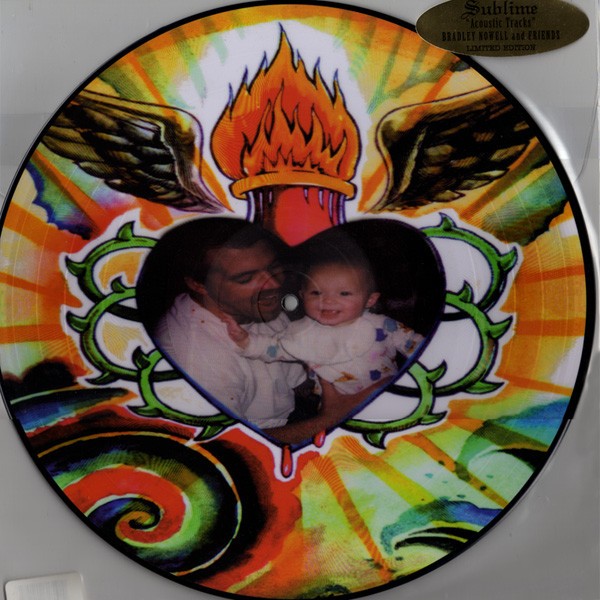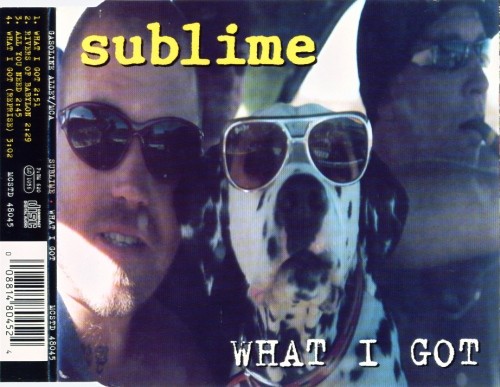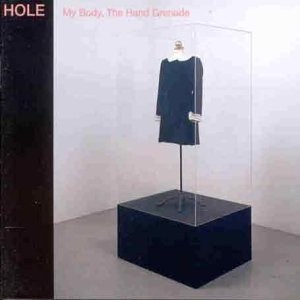
File download is hosted on Megaupload
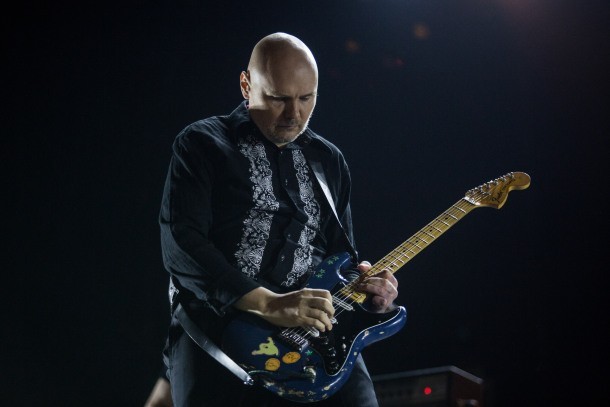
Photo by Victor Moriyama/Getty Images)
Smashing Pumpkins
Considering the band’s 90’s era output, including “Siamese Dream,” “Mellon Collie and the Infinite Sadness,” and “Adore,” it’s tough to deny the Pumpkins’ impact on the decade as a whole. Even with line up changes and inner-band beef, each album managed to up the creative ante and showcase Corgan’s keen ability as a songwriter. The Pumpkins embodied a stylish counter culture and helped to define what is generally thought to be alternative rock in the present day sense. Not to mention, the songs still hold up as you’d be hard pressed to find anyone that doesn’t know the opening delay of “1979.”
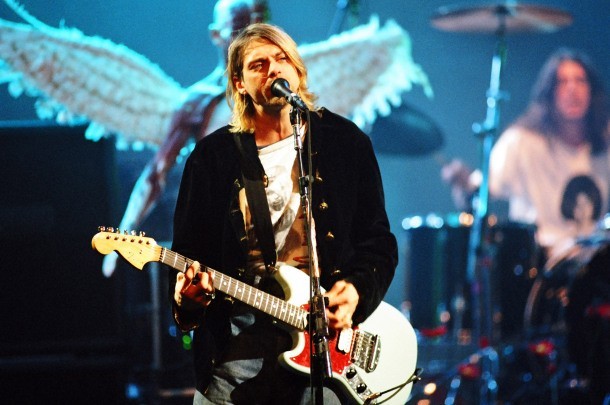
(Photo by Jeff Kravitz/FilmMagic, Inc)
Nirvana
Nirvana is a pretty self-explanatory pick – although Kurt Cobain was the main ingredient of the band, Krist Novoselic, and Dave Grohl certainly had a huge impact as well. The band created a sound that would become a touchstone in rock music. They were a genre onto themselves.
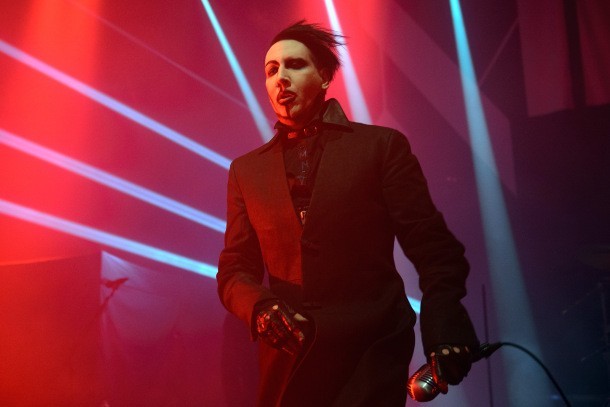
(Photo by Daniel Boczarski/Getty Images)
Marilyn Manson
There was no one more apt to play the role of the villain during the 90’s than Marilyn Manson. He single-handedly modernized the indulgence of rock n roll, without falling victim to the cliché of it all. Between Smells Like Children, Portrait of an American Family, and his opus, Antichrist Superstar, Manson was both terrifying and fascinating for both fans and foe alike. Regularly met with fervent fans and protestors at every concert stop, Manson proved to be the provocateur that could articulately support his behavior and creative content. Manson’s brand was agitating, polarizing, and audacious so much that it left cheesy journalists coining the phrase “Shock Rock” to best explain the phenomenon.
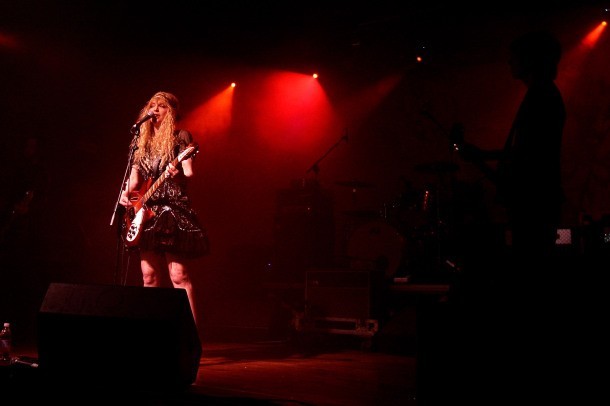
(Photo by Vittorio Zunino Celotto/Getty Images)
Hole
Regardless of your feelings about Courtney Love, records like “Live Through This” and “Celebrity Skin” were important in the lexicon of alt rock. Love embraced an interesting level of chaos in her command and in the process, turned out some songs that have gone one to stand the test of time. Furthermore, Hole’s mainstream success helped bring into focus the female contribution to grunge with predecessors like L7, Lunachicks, and Babes In Toyland all joining the greater conversation.
Successfully bridging reggae and punk, Bud, Eric, and Bradley experienced massive success not because they were creatively calculating but because they were carefree. The meld of influences that translated to record were a byproduct of the kind of environment and interests the trio shared together. From “40 oz. to Freedom,” to “Robbin’ The Hood,” to the band’s final self-titled album, there was a blue-collar brilliance about the outfit that made them music’s everyman. As a storyteller, Bradley’s keen lyrical sense would transform songs that would otherwise be mediocre into anthems that transcended genre divides. The sometimes-sloppy nature of the tunes only added to the charm of the sound. Sublime’s unpolished approach solidified them as passionate musicians.

(Photo by Jason Merritt/Getty Images for Press Here)
Depeche Mode
While the band is largely revered for their groundbreaking work in the 80’s, Depeche Mode had a big impact in the 90’s as well. Earning impressive showings on both Rolling Stone’s Top 500 Albums of All Time and #57 on Rolling Stone’s Top 100 Albums of the 90’s, songs like “World In My Eyes,” Sweetest Perfection,” Enjoy The Silence,” Policy of Truth,” and Personal Jesus,” have been ubiquitous, spawning countless covers and interpretations since their 1990 release. Though the 90’s would prove to be a turbulent time for singer Dave Gahan (who would suffer an overdose just days after Sublime’s Bradley Nowell died), two more releases in “Songs of Faith, “Devotion” and “Ultra” cemented the group’s rank as electronic music royalty and international superstars.

(Photo by Mark Metcalfe/Getty Images)
Radiohead
During the 90’s, Radiohead turned out three consecutive classics in “Pablo Honey,” “The Bends,” and “OK Computer.” As the band’s stock quickly rose, each studio release managed to outshine the previous, with critics universally applauding the finished product of the quintet. Throughout the 90’s and for the 2000’s for that matter, Radiohead would amass a unique collection of critical accolades as a regular fixture on every best of list for the better part of two decades. However, while the band would veer into much more conceptual work during the 2000’s, their 90’s work boasts some of the most enduring singles in modern rock music. Songs like “Creep,” “High and Dry,” and “Karma Police” were key to Radiohead’s fame.

(Christopher Polk/Getty Images)
No Doubt
The Anaheim quartet made the cut based on one indisputable fact. Think back to the days when CD books were a necessity. Regardless of what was the dominate genre in that CD book, there was always one slot reserved for a copy of “Tragic Kingdom.” “Don’t Speak” might be the definitive break up song of the 90’s, too. That alone merits a spot on this list.
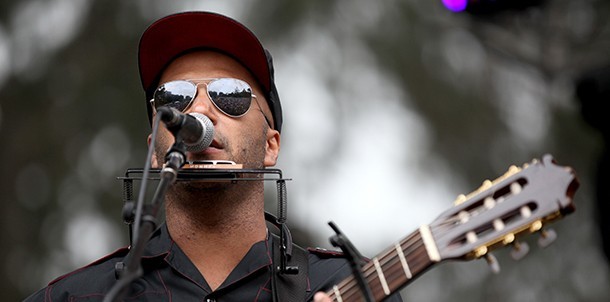
(Photo by Trixie Textor/Getty Images)
Rage Against the Machine
This might only be applicable for those native to Los Angeles, but rock music reached new levels of volatility under the tenure of Rage Against the Machine. With the volume of rock, the angst of punk, and the delivery of hip hop, Rage was unlike anything that came before it and there really has been nothing comparable since. Their 1992 self-titled debut was a powder keg which was turbo-charged and dead set on provoking the status quo. “Evil Empire” and “The Battle for Los Angeles” functioned as rallying cries and transformed a rock band into a movement. Bookending the height of the band, a free protest performance at the Democratic National Convention ending with riot gear and horse mounted police using tear gas to control an unruly mob. The band’s final shows at the Grand Olympic Auditorium later that year are considered the stuff of legend.
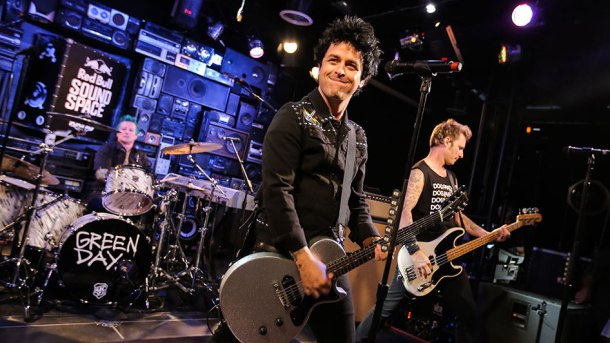
(Chelsea Lauren for KROQ)
Green Day
During a time when gangster rap ruled the airwaves, the Bay area trio managed to bring punk rock music into focus. While Green Day had already cultivated a fervent following with independent releases like “1039/Smothed Out Slappy Hours” and “Kerplunk,” the band’s major label debut “Dookie” was the album with singles for days. “Longview,” Welcome to Paradise,” “She,” “Basket Case,” and “When I Come Around” were mainstays on MTV. Each video only served to propel the band into a new stratosphere of stardom. Instead of easing into their follow up, the band would immediately release Insomniac the following year and Nimrod just two years after that. Between the three albums, Green Day produced some of their much endearing material. To give you an idea, “Dookie” went diamond and both “Insomniac” and “Nimrod” would follow up with double platinum numbers.

(Photo by Kevork Djansezian/Getty Images)
Metallica
For Metallica fans, the “Black Album” can be a very touchy subject. While some would argue that the album marked a creative fork in the road, it’s undeniable that the record afforded a unique platform for heavy music. According to Rolling Stone, as of August of 2016, the 25th anniversary of the release, the “Black Album” was still selling some 5,000 per week and had amassed some 16 million-unit sales domestically. With tunes like “Nothing Else Matters,” “The Unforgiven,” “Sad But True,” and the pivotal “Enter Sandman” a bigger audience than ever before was focused on the foursome from the Bay area. MTV had embraced the videos and while the loyalists were bummed that another thrash album wasn’t the result, a generation of fans were introduced to what is universally recognized a game-changing release.
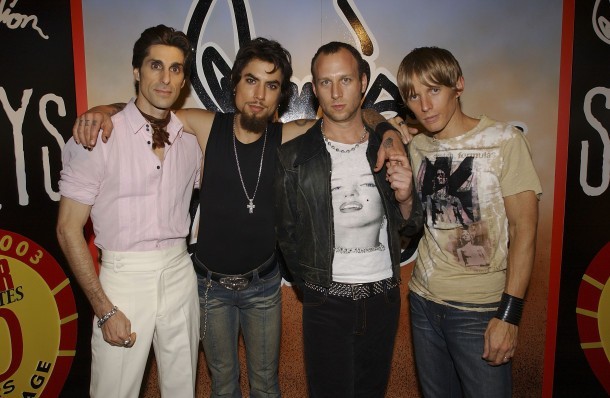
(Photo by Frank Micelotta/Getty Images for Capitol Records)
Jane’s Addiction
In the early 90’s, Jane’s Addiction had already hit some turbulent times though they were hot on the heels of their release, “Ritual de lo Habitual.” In fact, in 1991 the band was already working on their farewell tour. That farewell tour would include the very first Lollapalooza. Marred by drug abuse and strife between band members, the 90’s weren’t a particularly productive time for Jane’s Addiction, but especially formative. The multi-genre festival format that now part of the fabric of current pop culture was a result of the creative ingenuity of Perry Ferrell and Jane’s Addiction.
There is a wonderful simplicity in Weezer’s albums that really does make it a fine example of just how dynamic the 90’s were. The quirkiness both in look and feel translated into songs that were great and that gave fans some of the rock radio’s catchiest anthems. It’s worth noting that the upbeat tone of the band was in direct contrast to the popularity of grunge that was happening at the same time. The band would follow their debut with what’s largely believed to be their opus in Pinkerton just two short years later. While the and continues to tour and enjoy rock n roll relevance, it says something that their work from the 90’s remains a fixture on modern rock radio.
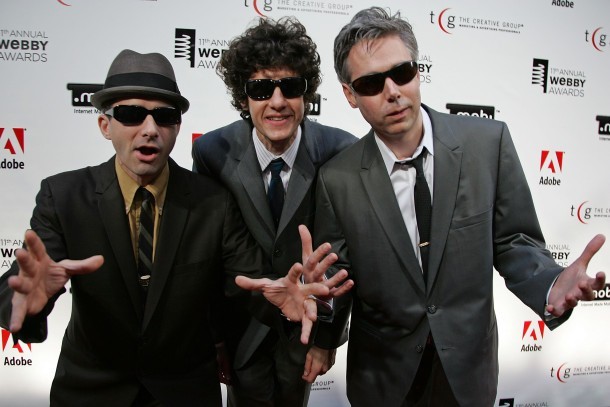
(Photo by Bryan Bedder/Getty Images)
Beastie Boys
The Beastie Boys were a sensation in the 80’s. It was during the 90’s however that the team found it’s creative stride. With “Paul’s Boutique,” the Beasties though fans for a loop by showcasing some willingness to think outside the box. “Check Your Head” functioned as a reintroduction of sorts in the early 90’s and not only did the guys play their own instruments on the record, but the punk influence became very evident. Two years later, “Ill Communication” dropped and “Sabotage” became an anthem along with it’s iconic Spike Jonze-directed video. Mike D, MCA, and Ad Rock finished out the 90’s with “Hello Nasty.” The album managed to earn Grammys in both the Alternative and Rap categories, which speaks volumes about the kind of versatility that was at the creative core of the trio.
There was a unique mania that backed the release of the band’s “Follow The Leader” record in 1998. During the era of midnight record store releases, MTV captured the hysteria and provided a snapshot of a time in rock history. Prior to the band’s masterpiece, both the self-titled debut and Life Is Peachy introduced a new take on aggressive music that was difficult for people to classify. The band’s sound and style was unique and ultimately ushered in an era of Nu-Metal that spawned an entire generation of wannabes. Seven strong guitars, shell toe Adidas, and bagpipes proved a winning combination throughout the 90’s for the band.
![]()

















